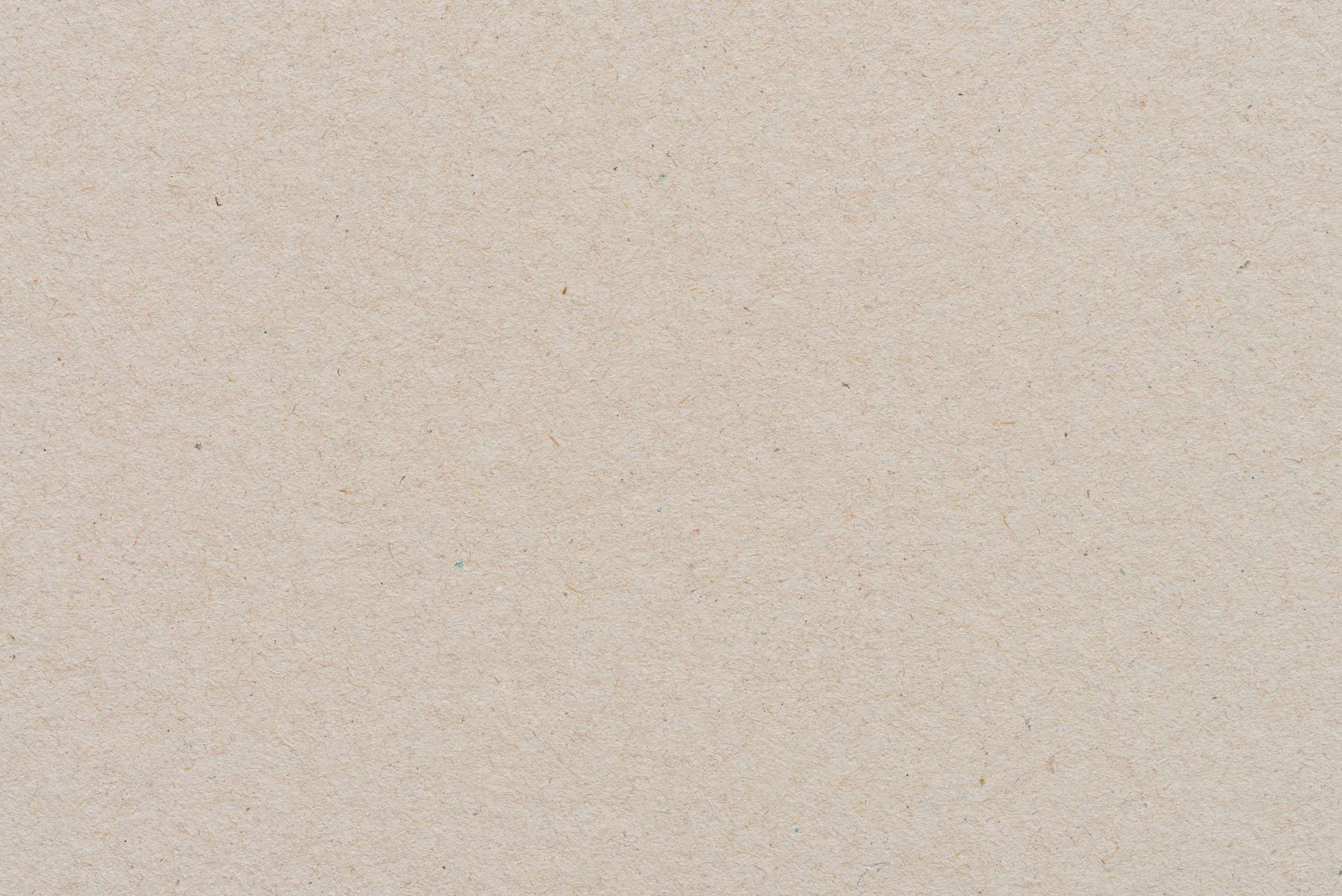
Rainbow Exploration
LESSON 6
Children will explore the magic of rainbows through hands-on experiments and create their own rainbow color wheel to use on a colorful nature hunt.
Cardboard
Watercolor paint
Watercolor paper
Paint brushes
Clothespins
Flashlight or bright sunlight
One or any of the following: prism, CD, mirror, bubbles, or glass cup with white paper.
Materials
Gather materials.
Prepare a space for painting.
Preparations
Facilitate a reflective discussion about water conservation.
Guide children through hands-on experiments to explore how rainbows form.
Support children in the creation of a rainbow color wheel, helping as needed.
Organize and supervise an outdoor rainbow nature hunt.
Objectives for Teachers
Objectives for Children
Children discover the magic of rainbows through fun experiments and activities.
Children explore how rainbows form and where they appear in the sky.
Children create a colorful rainbow color wheel to use during a nature hunt.
Children explore nature and find objects that match the colors of the rainbow.

Collect and Connect
Practice saying the poem “The Waterfall Song” together with the actions you came up with.
The Waterfall Song
Beneath the waterfall I hear,
A Nixie singing bright and clear.
Her voice so sweet and friendly too,
It merges with the water blue.
Streaming over wood and rocks,
It gurgles as the week frog croaks!
Springtime joy and springtime rain,
The waterfall sings its sweet refrain.
-Betty Jones

Activity Flow
Start today by reflecting on the previous lesson about water conservation.
What do you remember about why water is important and ways we can save it?
Can you recall the handwashing experiment we did and what we learned from it?
2. Today, we're going to explore something magical! Give your child some clues such as, it’s colorful, we see them after it rains, then ask if they can guess what it is?
3. Tell your child you will be conducting some hands-on experiments to learn about rainbows. As we conduct these experiments, let's think about how rainbows form, where the sun is, and where the rainbow appears. Here are some ideas feel free to try as many as you’d like: (video tutorial)
Prisms: Hold a prism in the sunlight and move it around until you see a rainbow appear on a nearby surface, like a wall or table.
Water glass: Fill a glass with water, place it in sunlight, and hold a white paper behind it until you see a rainbow.
Hose Rainbow: On a sunny day, mist water with a hose. Stand with your back to the sun and look for a rainbow in the mist.
CD Rainbow: Hold a CD up to the sunlight, allowing its reflective surface to catch the light.
Mirror Rainbow: Position a mirror in direct sunlight, angling it to catch the sunlight and reflect it onto a nearby surface.
Bubble Rainbow: Blow soap bubbles outdoors on a sunny day. When the sunlight hits the bubbles just right, you can see miniature rainbows dancing on the surface of the bubbles.
4. Once you've explored how rainbows form, name each color of the rainbow together. Then, share with your child that they will be creating their own rainbow color wheel using paint or paper. Each color will have its own section on the wheel, just like the colors of a rainbow in the sky. To wrap up the rainbow exploration, head outside on a spring nature hunt. Search for objects in nature that match the colors of the rainbow. Can you find something red, orange, yellow, green, blue, or purple? Let's see how many colors of the rainbow we can find!
Rainbow Color Wheel
Collect watercolor paper, watercolor paints or colored paper, cardboard for support, clothespins, scissors, glue, and a pencil.
Draw a large circle on the watercolor paper using a pencil. Divide the circle into 8 equal sections using light pencil lines. These sections will be colored in the colors of the rainbow: red, orange, yellow, green, blue, indigo, violet, and any additional color of your choosing.
If using watercolor paper, paint each section of the color wheel with the corresponding color of the rainbow using watercolor paints. Let the paint dry completely. If using colored paper, cut out 8 different colored strips for each section of the color wheel.
Cut out a circle from the cardboard the same size as the color wheel. This will provide support for the color wheel.
Apply glue to the back of the watercolor paper color wheel and carefully glue it to the cardboard circle. Press down firmly to ensure it sticks well.
Once the glue is dry, attach a clothespin to each section of the color wheel. This will allow you to easily clip items to the color wheel during your nature hunt.
Take your color wheel and clothespins with you on a nature walk or hunt. As you find items in nature that match the colors of the rainbow, use the clothespins to attach them to the corresponding sections of the color wheel.





